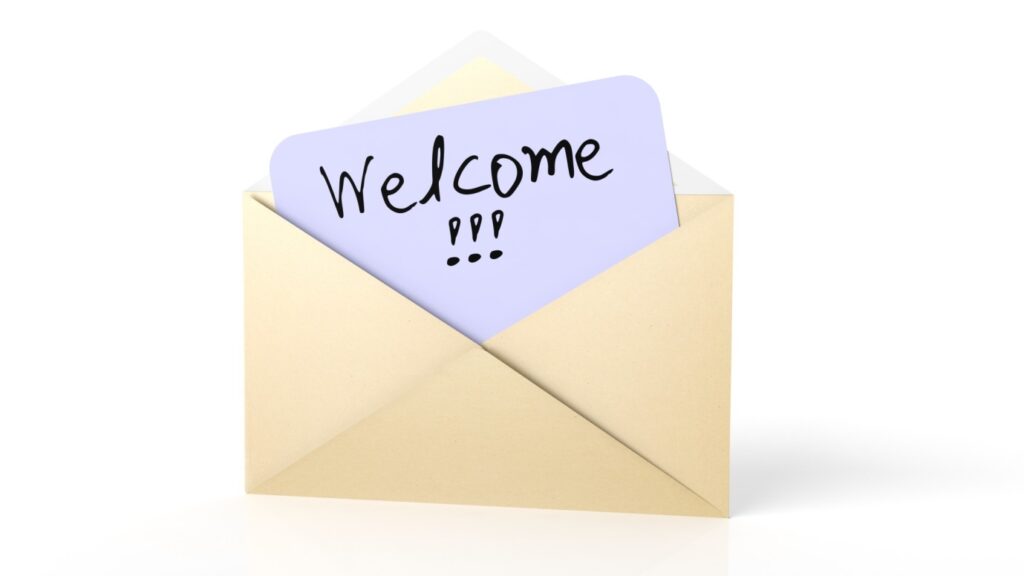
Even though countless new communication tools have been developed to help teams, employees, and customers connect, email is still the go-to platform for business communication. The average office worker receives about 120 emails per day.
That’s a lot of messages to go through and respond to. Most people feel that working through their email inbox, though important, steals time that could otherwise be much more productive.
And the worst part is that you probably answer the same questions over and over again. Want to stop wasting time typing the same thing in every email? That’s where a canned response comes in handy.
Canned responses are essentially templates for your message, that you can paste, edit, and send in seconds, rather than spending minutes typing out each email.
Wondering why canned responses are important, and how to use them effectively? Read on below to find out.
Why are Canned Responses Important?
Canned responses exist to save time. Rather than typing the same 200-word email response multiple times per day, to people who are too lazy to find the answers themselves, you can provide a quick canned response in about five seconds.
Additionally, canned responses allow you to take the time to draft responses in advance, ensuring professionalism, attention to detail, and a lack of errors.
That way, every response coming from you sounds like you took the time to craft it, without having to actually spend that time each time you respond to someone.
Example of a Canned Response
So what does a simple canned response look like?
Say a customer has returned a product and is sending an email, wondering when they can expect their refund. Since you’ll use this message often, you can create a canned response template that looks like this.
Thanks for reaching out. It looks like we’ve processed your refund, and it should return to your original form of payment within the next 7-10 business days.
Please let me know if you have any other questions!
Cheers.
Canned responses can be short and sweet, answering quick questions like this. Or they can be long and technical, which is actually when they are more useful.
Essentially, if you ever have answered a question more than once to employees, customers, clients, or outsiders, save it as a canned response to save time.
Other Uses for Canned Responses
Canned responses aren’t just for individuals who need time to focus on a particular task or those on vacation. They are also used heavily by customer service departments.
A customer support team that uses live chat to communicate with customers can’t spend all day typing the same responses, to the same customer questions, all day long.
Instead, they use canned responses, which are support members can copy and paste in their chat to a customer. This enables customer support personnel to work faster and improve customer satisfaction and company reputation.
Most messages you receive on live chat are canned responses unless it contains specific information to you.
While some customer reviews will complain about the use of canned responses, most customers have the same questions, and thus the canned responses work well overall.
One of the most popular systems for managing customer support tickets is the Microsoft Teams ticketing system. If that’s you, and you’re wondering how you can implement canned responses and boost efficiency in your customer service department, then check out these tips on tikit.ai.
Canned Responses for Better Service
While some people think that using a canned response is disrespectful and lazy, it’s actually quite the opposite. People want fast, clear, and concise responses. And that’s the power of a canned response.
People can work through dozens of emails with canned responses in the same time it takes to manually respond to one or two emails without them.